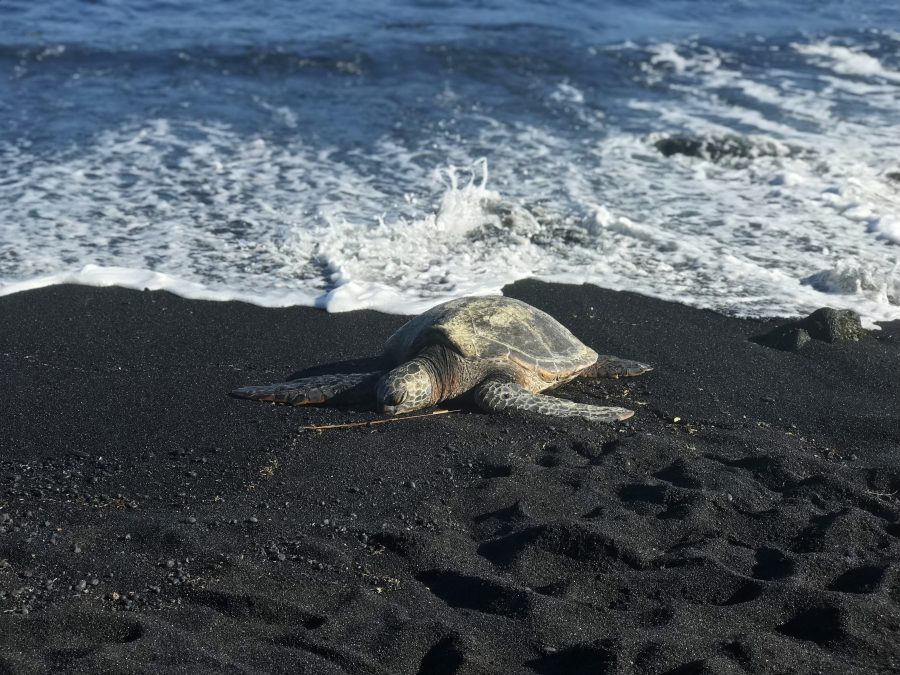“BALLISTIC MISSILE THREAT INBOUND TO HAWAII. SEEK IMMEDIATE SHELTER. THIS IS NOT A DRILL.”
This message appeared on Lafayette students’ phones on Jan. 13 while they were in Hawaii for a geology interim course. While the alert caused alarm on several of the Hawaiian islands, Isabelle Rein ’20 and Olivia Sharp ’20 remained relatively calm.
“My first reaction was fearful but skeptic…We turned on the news, checked the internet, called people at home, and no one had heard anything…All we had was that notification, so we proceeded with our day,” Sharp wrote in an email.
“Ironically, the professors were even a little irritated when we started our day late because of the notification,” Sharp wrote in an email.
The 24 students were led by geology professors Dru Germanoski and Larry Malinconico who, like Sharp, both tried to find out the veracity of the alert, and then planned to go on with their schedule for the day.
The interim class had been in Hawaii for nearly two weeks when the panic ensued. They were preparing for a day of field work at the Haleakala Volcano on the island of Maui when the alert appeared on various peoples’ phones. Malinconico said, “I got the alert on my phone, but [Germanoski] never got it.”
However, the two communicated with each other, and after Malinconico’s original response of “No, this can’t be real,” they quickly realized it indeed was not. After checking with online and TV news sources and finding no signs of an imminently approaching ballistic missile, they finished getting ready for the field day.
Rein felt the same. “I was completely calm,” she said. “My thought process was that if there was a ballistic missile coming for Hawaii, there was nothing I could do to change that and there wasn’t going to be much that could protect me.”
“I know that a lot of people on the trip were scared, but I couldn’t bring myself to freak out,” she said.
The alert was followed by a 38-minute gap between the initial alert and the following notification which stated the missile warning was a mistake.
While the trip had not prepared for this type of situation, the students and professors had prepared for other types of emergency situations such as volcano eruptions, tsunamis and earthquakes because they were working in nature. Additionally, the professors, unlike the interviewed students, were aware that Hawaii Civil Defense was planning to use the disaster sirens already in place in the event of a ballistic missile, but the group heard no sirens where they were staying in Maui.
In contrast to reports from other news sources of widespread panic on the Hawaiian islands, Sharp, Rein, Germanoski and Malinconico reported seeing no signs of abnormality at all. Germanoski said, “[In the event of a real emergency] you’d see police…and there was none of that. You didn’t see people coming out of their basements [afterward].”
All of them agreed that the false alarm, once it was proven false, had little to no effect on the rest of the day, never mind the rest of the trip.
Germanoski said that less than an hour later, “in the van, the first issue was the students trying to find an aux cord to play music.”






















































































































MPR • Jan 31, 2018 at 4:22 pm
Photo credit should be Isabelle Rein ‘20